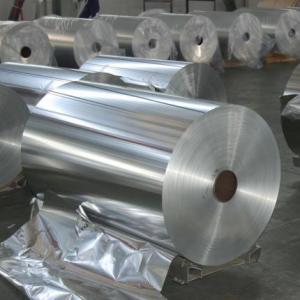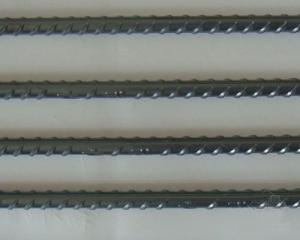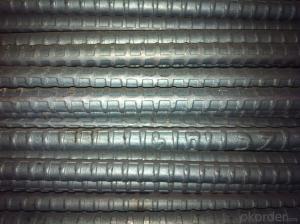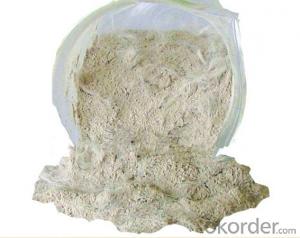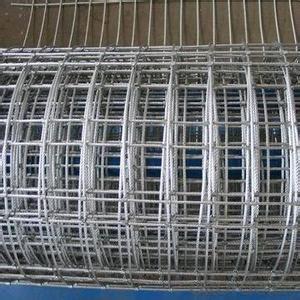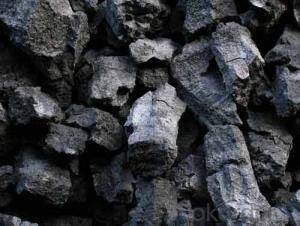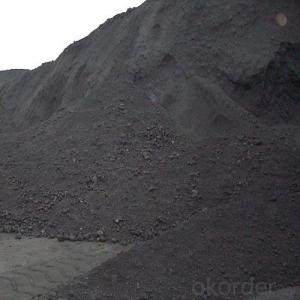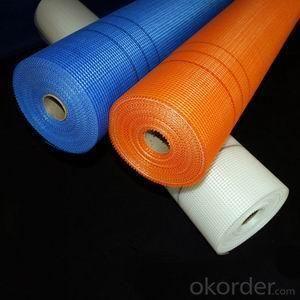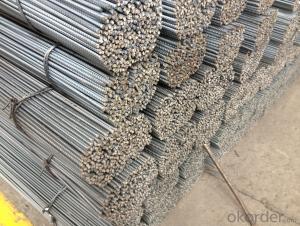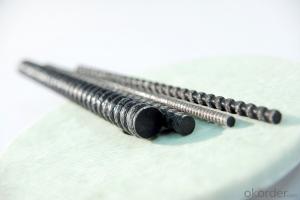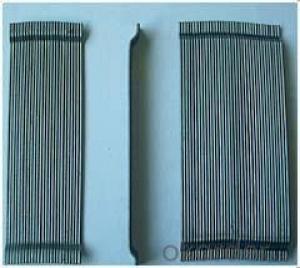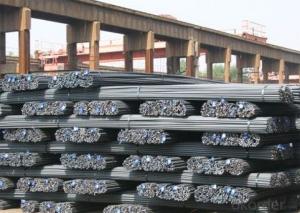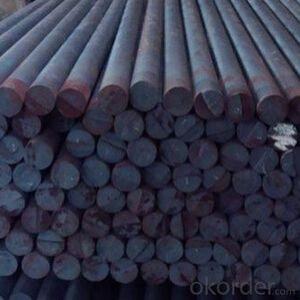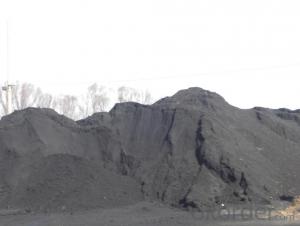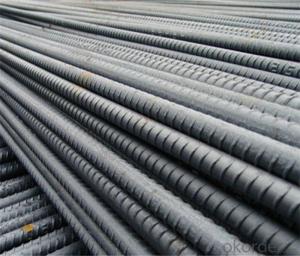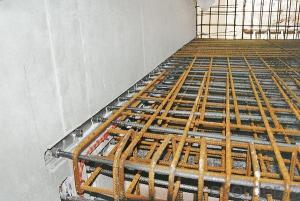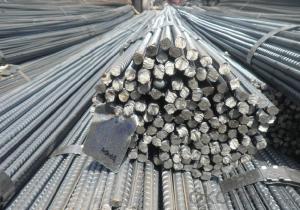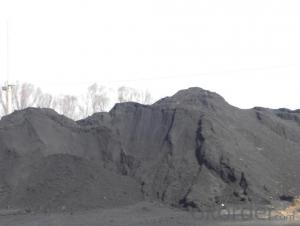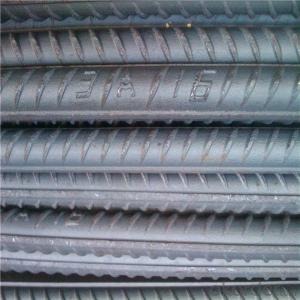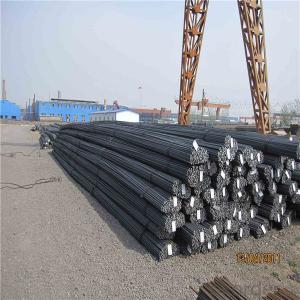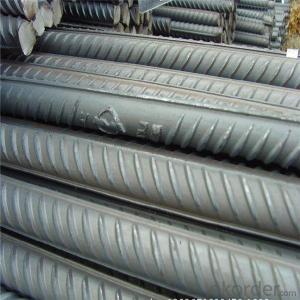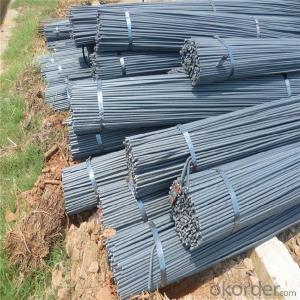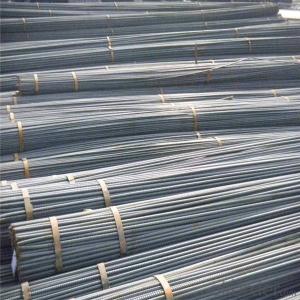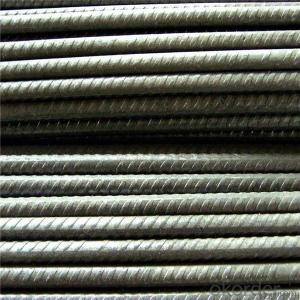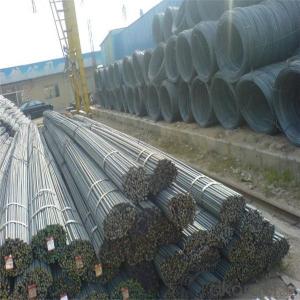Rebar 10Mm
Rebar 10Mm Related Searches
1018 Cold Rolled Steel Bilstein Cold Rolled Steel Blue Steel Rebar Frp Rebar 30M Rebar T10 Rebar Y16 Rebar Rebar StirrupsHot Searches
12Mm Mdf Price Stainless Steel Suppliers High Mast Lighting Suppliers South Africa China Aluminum Plate Suppliers Medical Equipment Suppliers In Kenya Shade Net Suppliers In Uae Aluminum Roofing Coil Suppliers Painted Aluminum Coil Suppliers Aluminum Coil Stock Suppliers Aluminum Gutter Coil Suppliers Anodized Aluminum Coil Suppliers Brushed Aluminum Coil Suppliers Aluminum Trim Coil Suppliers Aluminum Coil Suppliers Solar Panel Inverter Suppliers Aluminum Bar Stock Suppliers Mic 6 Aluminum Plate Suppliers Aluminum Deck Plate Products Aluminum Diamond Plate Suppliers 1100 Aluminum Plate SuppliersRebar 10Mm Supplier & Manufacturer from China
Okorder.com is a professional Rebar 10Mm supplier & manufacturer, offers integrated one-stop services including real-time quoting and online cargo tracking. We are funded by CNBM Group, a Fortune 500 enterprise and the largest Rebar 10Mm firm in China.Hot Products
FAQ
- The purpose of ribbed steel rebars is to provide reinforcement and strength to concrete structures, such as buildings, bridges, and foundations. The ribs on the rebar help to increase the bond between the steel and the concrete, preventing slippage and enhancing the overall stability and durability of the structure.
- Steel rebars are able to comply with building codes and regulations by meeting specific requirements outlined for their use in construction projects. The purpose of these codes and regulations is to guarantee the safety, durability, and structural integrity of buildings. Below are several ways in which steel rebars adhere to these codes and regulations: 1. Material Standards: The building codes dictate certain material standards that steel rebars must adhere to. These standards outline the permitted type, grade, and quality of steel for construction purposes. For instance, the American Society for Testing and Materials (ASTM) has established standards such as ASTM A615, which provides requirements for deformed and plain carbon-steel bars. 2. Size and Shape: Building codes specify the dimensions and shape of rebars to be utilized in different structural components like beams, columns, and slabs. Steel rebars must meet these size and shape requirements to ensure proper fit and structural integrity. 3. Placement and Spacing: Building codes govern the appropriate placement and spacing of rebars within concrete structures. These codes specify the minimum and maximum distances between rebars, as well as the required cover (distance from the concrete surface). Adhering to these regulations enhances the strength and durability of the structure. 4. Welding and Connection: In cases where welding or connecting rebars is necessary, building codes provide guidelines on the proper welding techniques and requirements. These regulations ensure that the welded or connected rebars offer the necessary strength and stability to the structure. 5. Testing and Certification: Steel rebars must undergo various tests to ensure compliance with building codes and regulations. These tests include tensile strength, yield strength, elongation, and bending tests. Products that pass these tests are certified as compliant and can be utilized in construction projects. By adhering to these building codes and regulations, steel rebars contribute to the overall safety and integrity of the structures in which they are used. Compliance ensures that the rebars meet the necessary standards and effectively fulfill their intended function.
- The allowable stress for steel rebars typically depends on the specific grade or type of steel being used. However, in general, the allowable stress for steel rebars is commonly determined to be around 40,000 to 60,000 pounds per square inch (psi) or 276 to 414 megapascals (MPa).
- Steel rebars can significantly impact the fire resistance of a structure by providing reinforcement and preventing structural failure during a fire. Due to their high melting point, rebars can maintain the integrity of the concrete even when exposed to high temperatures. This helps to delay the onset of structural collapse, providing additional time for occupants to evacuate and firefighters to control the fire. Additionally, rebars can also enhance the load-bearing capacity of the structure, contributing to its overall fire resistance.
- Yes, steel rebars can be used in structures with high resistance to thermal expansion. Steel has a relatively low coefficient of thermal expansion, making it suitable for such applications.
- Yes, steel rebars can be used in structures exposed to extreme temperatures. Steel has high thermal conductivity, which allows it to transfer heat quickly, minimizing the risk of structural damage due to thermal expansion or contraction. However, it is essential to consider the specific temperature range and the potential impact on the structural integrity of the rebar. In extremely high temperatures, other materials or protective measures may be necessary to ensure the stability and safety of the structure.
- Yes, steel rebars can be used in structures with limited construction materials. Steel rebars are commonly used in construction to reinforce concrete structures, such as buildings, bridges, and highways. They provide strength and stability to the structure, helping it withstand heavy loads and prevent structural failure. In areas where there may be limited construction materials available, steel rebars can be a valuable resource. They are durable and can be used in a variety of applications, making them a versatile option for construction projects. Additionally, steel rebars can be easily transported and installed, making them suitable for use in remote or hard-to-reach locations. However, it is important to consider the specific requirements and regulations of the construction project when using steel rebars. Adequate knowledge and expertise are needed to ensure proper installation and compliance with safety standards. Additionally, if there are specific limitations or restrictions on the use of certain construction materials, it is important to consult with local authorities or professionals to determine the best course of action.
- Steel rebars are used in pre-stressed concrete structures to provide tensile strength and reinforcement. They are typically placed in the concrete before it is poured and are then tensioned to withstand the loads and stresses that the structure will encounter. This pre-stressing process helps to enhance the overall strength and durability of the concrete, making it capable of withstanding greater loads and reducing the risk of cracking or failure.

